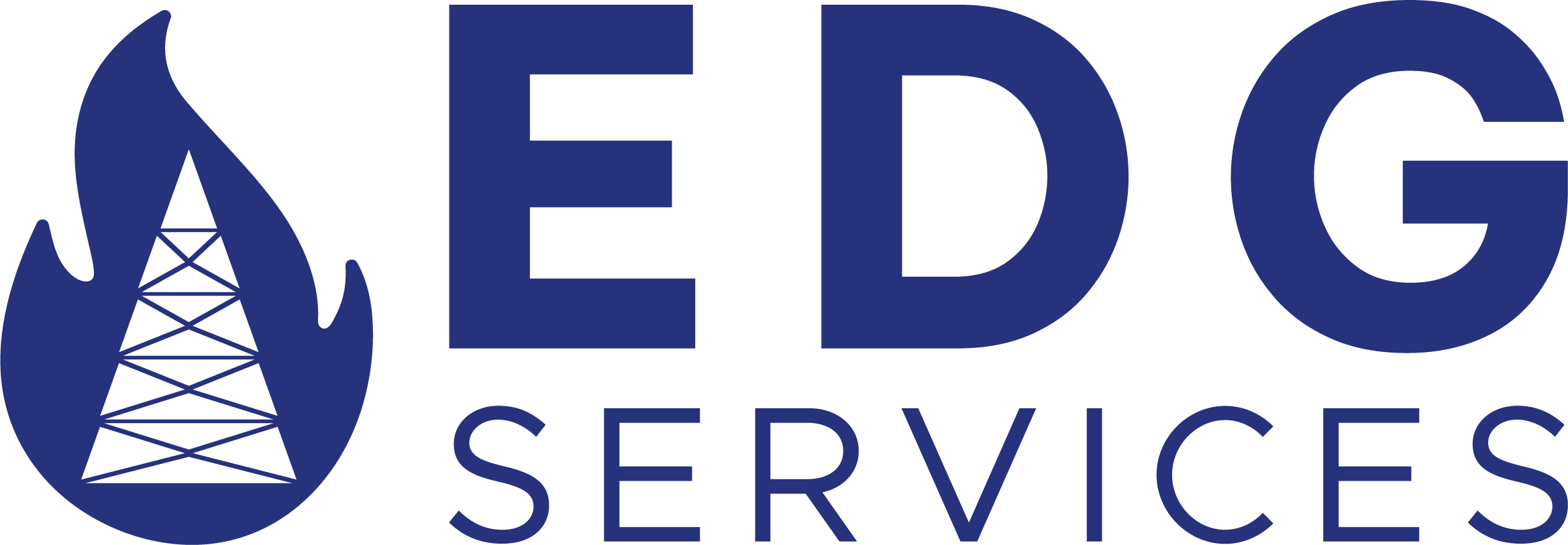Drilling wells with pressures above normal
Drilling wells with pressure above normal is the method where the pressure in that area is kept constant at a specific depth. This process can be performed with the mud pumps on or off. It is usually used in wells with very unsafe and / or narrow drilling windows, with unstable formations where the ignition and stopping of the pumps creates formation instability.
In conventional drilling, when the pumps stop in a very narrow drilling window, the bottom area pressure drops to a value below the pore pressure and consequently can cause inflow. Once the pumps return to drilling speed again, friction brings the bottom zone pressure to a level where the rock breaking pressure is exceeded, resulting in losses.
The only option during conventional drilling is drilling at a reduced pump speed. Reduced pump speed, although temporarily controlling the problem, slows down the drilling process. This comes as a result of the need to control the penetration rate to thus reduce the risk of the well being loaded with fractions, delaying the completion of the well and increasing the risk of the pipe becoming clogged.

To stay inside the drilling window, it is required to reduce the bottom zone pressure variations between circulating and non-circulating modes. To make adjustments to the surface the use of managed pressure drilling (throttle pressure) allows better pressure control in this area. Part of the reverse surface pressure is needed while the pumps are stopped to maintain the bottom zone pressure above the pore pressure, thus avoiding a possible inflow.
Once the pumps are raised to speed, the throttle pressure decreases, thus allowing friction to control the pressure in the area in question. Before the next connection is made, the choke pressure is increased once more to compensate for the friction loss and to maintain the bottom area pressure above the pore pressure. This procedure is illustrated in the figure below and allows you to maintain a constant pressure in that area at all times.
Accurate flow modeling
Accurate flow modeling and hydraulic analysis are essential to evaluate alternative mud weight scenarios. The use of well monitoring tools / equipment, especially flow meters allows the determination of the required current mud properties and reverse pressure at the site.
Drilling or corrosion with "clay lids" under pressure
Drilling or erosion with a “clay cap” under pressure refers to drilling without returning to the surface, where a column of ring fluid aided by surface pressure is held over a formation capable of accepting fluids and fractions (cuts). The well is controlled using a light ring mud, which has a slightly lower density than is needed to balance the formation pressure. This ring mud is held over an open-depth formation that receives all of the sacrificial fluid injected, along with fractions excavated by surface pressure. The density of light ring mud is selected based on the desired surface pressure.
Periodic injection of the same fluid into the ring provides a means of controlling the reverse surface pressure, within the operating limits of the rotary control device and the lifting system. The ring fluid is injected at a high speed to ensure that gas does not migrate up into the ring. The injection velocity together with the ring velocity are designed to stop the migration of gas to the surface, as well as to force any formative gas back into the well – returning the gas back to the formation.
Drilling with “clay lids” under pressure is a time-tested technique, valid for penetrating safely into formations that are difficult or impractical to erode or drill by other methods. This method is widely used in fractured tanks that result in total fluid loss. Large volumes of “sacrificial” fluid are required along with specialized device modifications, as minimal tools for this operation. Drilling with “clay lids” under pressure also enables the retention of hazardous gases (such as H2S), significantly increasing the safety of the project.

Dual gradient is the erosion or drilling technology that stimulates the effect of two fluids of different gradients on the ring to create dual hydrostatic gradients, with the aim of facilitating the management of ring pressure. This method is used for offshore drilling operations, where mud returns are not transported through conventional large diameter drilling. The returns either flow to the bottom of the sea or return to the platform, through one or more small diameter return lines. A clay pump (used for its erection) returns from the well ring to the bottom of the sea and pumps the mud back to the surface. The double gradient, located in the well ring, regulates the inlet pump inlet pressure according to the hydrostatic pressure of the seawater.
